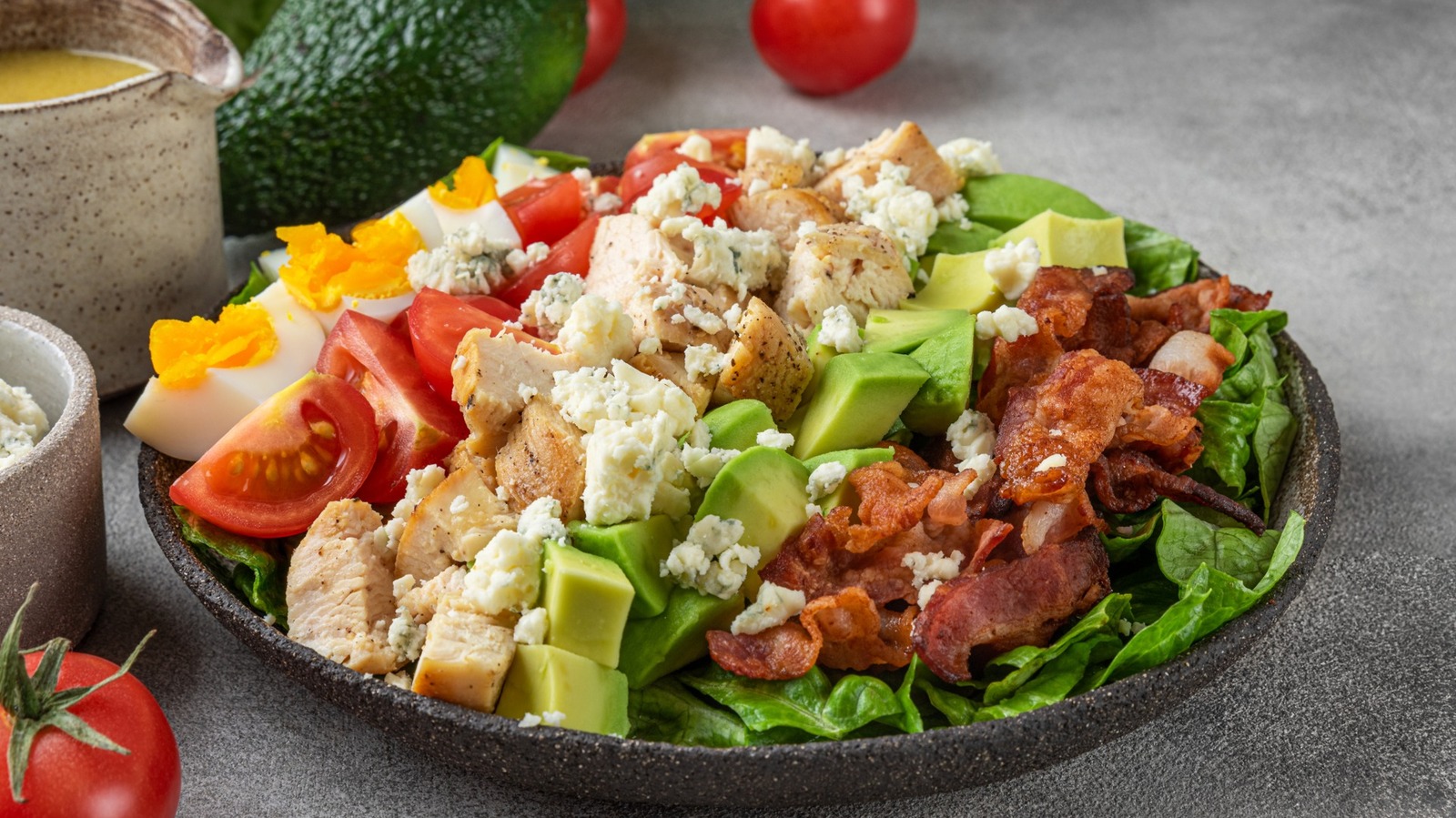
We all have that one dish that brings us straight back to childhood — a food that feels like home and holds a special place in our hearts. Comfort food goes beyond just filling us up, it’s packed with memories, family traditions, and a bit of nostalgia. For myself, comfort foods change with the seasons.
In winter, there’s nothing like the memory of coming in from skating at the outdoor rink or playing in the snow to the smell of homemade chicken noodle soup bubbling on the stove and a warm mug of Carnation hot chocolate filled with marshmallows waiting for me. Summer has a different feel, bringing back memories of my Persian roots — Joojeh Chicken Kebabs sizzling on the barbecue and cold watermelon in the fridge, ready to enjoy after a day outside. As the cold sets in, I’m excited to share some of my favourite comfort food recipes along with cooking tips for each one that’ll fill both your belly and your heart.
Let’s dive into dishes that bring the warmth of family memories to your table and make the chilly season feel a little cozier. I’ll also share storage tips so you can batch cook once and stock your freezer with meals ready to enjoy anytime. Homemade beef stew is one of those dishes that’s just good to have in your back pocket.
This recipe starts with seared, well-marbled beef, then gently simmers with garlic and onions in a rich, wine-based broth. After a few hours, the beef turns fork-tender, soaking up all that deep flavour. While it takes some time, it’s mostly hands-off—and even better if made a day or two ahead, as the flavour only gets better as it sits.
Searing for Maximum Flavour: First, you must sear the meat. Browning each side creates a caramelized crust that locks in flavour and juices, giving the stew an unbeatable depth. Don’t rush this step—the richer colour is worth every extra minute! The “fond,” or the browned bits left in the pan, is where the stew’s magic truly begins.
Cook Low and Slow: Time is your friend with beef stew. Chuck meat is a hardworking cut that requires a good, long stretch of cooking to become tender. Cooking at a higher temperature can leave the beef tough and chewy, so cook it low and slow for at least two hours to reward yourself with fork-tender meat.
Balsamic Boost: After browning the beef, deglaze the pan with balsamic vinegar when adding the vegetables. This step lifts those delicious browned bits from the bottom of the pan, creating a rich base with a hint of sweetness and tang. The balsamic adds depth and balance, giving the stew a mouthwatering flavour.
Thickening the Stew: While beef stew gets some natural thickness from the starch in the potatoes, a little extra body never hurts. Gradually sprinkle flour over the vegetables and beef mixture, stirring as you go, so it blends smoothly before adding the broth. This ensures a smooth, luscious texture without lumps, giving the stew a perfect consistency.
Freezer Tip: This beef stew is perfect for freezing or making ahead—I always keep a few stews in the freezer for quick, homemade meals on busy weeknights. Simply prepare the stew as directed, then let it cool to room temperature. Store in the refrigerator for up to 3 days and reheat on the stovetop over medium-low heat or in the microwave until hot.
To freeze, transfer the cooled stew to an airtight container and store for up to 3 months. When ready to serve, thaw overnight in the refrigerator, then reheat on the stovetop or in the microwave with a splash of broth to bring back its rich flavours. Skip the boxed stuff and treat yourself to a batch of homemade mac and cheese.
Mac and cheese is a timeless favourite, and with these tips, you’ll be making the best, rich, creamy macaroni loaded with flavour and just as comforting as you remember. Grate Your Own Cheese, Always: I know it’s tempting to grab the pre-shredded stuff, but here’s the thing—bagged cheese is coated with chemicals to prevent clumping, which also keeps it from melting smoothly. For the best flavour and texture, grate your own fresh cheese! Use a Cheese Blend for Depth of Flavour: Combining cheeses adds a depth of flavour you just can’t get from one type alone.
Sharp cheddar for tanginess and gouda for a creamy finish are a winning duo. Experiment with gruyere or Monterey Jack for even more flavour complexity. Undercook the Pasta: Slightly undercook the pasta so it has a bit of bite left.
This way, it absorbs the cheese sauce without getting mushy as it bakes. Aim for just shy of al dente before mixing with the sauce. Use Room-Temperature Cream/Milk for a Smooth Sauce: For a lump-free sauce, let the milk come to room temperature before adding it to the roux.
I usually set it out while the pasta water heats up. Warmer milk blends smoothly with the roux, helping you achieve that perfectly creamy texture without the arm workout of extra whisking. Freezer Tip: Mac and cheese is indeed freezer-friendly.
Once prepared, let it cool completely before portioning into freezer-safe containers. To reheat, thaw in the fridge, cover, and bake at 350°F until warmed through. For a fresh-out-of-the-oven taste, sprinkle a little extra cheese on top before baking.
Spaghetti squash lasagna is a lighter, veggie-packed take on the classic, but it still delivers all those cozy, comfort-food vibes. Here are some tips to make this dish easier, safer, and even more delicious: Roast Spaghetti Squashes Whole: Instead of wrestling to cut a raw spaghetti squash in half (it can be tough!) roast it whole. Cooking the squash this way makes it much easier and safer to handle.
Once roasted, it’s a breeze to slice open and scoop out the seeds. Mix by Hand with Plastic Gloves: To combine the cooked ground meat, spaghetti squash strands, ricotta, Parmesan, whisked eggs, tomatoes, and seasonings, get hands-on! Using plastic gloves makes it easier to evenly mix all ingredients for a perfectly blended filling—and you’ll have fewer dishes to clean. Protect Your Cheese Topping: Prevent a messy cheese situation by sticking toothpicks around the edge and centre of the lasagna before covering with foil.
Double up by spraying the foil with cooking spray to stop it from sticking to the cheese. Let It Rest Before Serving: After baking, let the lasagna rest for 10-15 minutes. This helps everything set, making it much easier to slice and serve.
Freezer Tip: This spaghetti squash lasagna is perfect for making ahead and freezing! Assemble the dish as directed, but don’t bake it. Cover tightly with foil and freeze for up to 3 months. When ready to serve, thaw overnight in the fridge, then bake according to the recipe instructions.
Alternatively, you can also freeze cooked spaghetti squash lasagna. Allow it to come to room temperature, then store in freezer-safe containers and freeze for up to 3 months. When ready to serve, thaw overnight in the fridge and reheat in the microwave or in the oven at 350°F, covered with foil, for 30 minutes, or until heated through.
As winter settles in, I hope these comforting recipes bring warmth and joy to your table—keeping you cozy and well-fed all season long! To access the full recipes featured in this article, along with even more comforting meal ideas, simply open your phone’s camera, point it at the QR code, and follow the link that appears. Happy Cooking! Ingredients 2 pounds lean ground beef 2 medium spaghetti squashes 1 container (475 grams) ricotta cheese 1 cup freshly grated Parmesan cheese 1 (28 oz) can crushed tomatoes 4 eggs, whisked 8 garlic cloves, minced 1 medium sweet onion, finely chopped 2 tablespoons Italian seasoning 2 teaspoons salt 1 teaspoon pepper 3–4 cups shredded mozzarella cheese Step 1: Roast the Spaghetti Squashes – Preheat the oven to 425°F and line a baking sheet with foil. Use a fork to pierce the spaghetti squashes in several spots on all sides, then place them on the baking sheet.
Roast for 45 minutes, flipping halfway. The squash is ready when a knife slides easily into the skin. Remove from the oven, let cool for 10 minutes, then slice in half and scoop out the seeds.
Use a fork to separate the “spaghetti-like” strands and transfer them to a large mixing bowl. Step 2: Cook the Beef Mixture – While the spaghetti squashes roast, finely chop the onion and mince the garlic. Spray a large skillet with cooking spray and heat over medium-high.
Add the ground beef, onion, and garlic, breaking up the meat as it cooks until browned and fully cooked through. Pro Tip: For the easiest way to finely chop an onion, cut it into large chunks, add to a food processor, and pulse until finely chopped. Step 3: Combine the Ingredients – Add the cooked beef mixture to the bowl with the spaghetti squash strands.
Add the ricotta, Parmesan, crushed tomatoes, whisked eggs, Italian seasoning, salt, and pepper. Mix well until everything is evenly incorporated. Step 4: Assemble and Top – Spray a 5-quart rectangular baking dish or lasagna pan lightly with cooking spray and pour in the squash and beef mixture.
Spread it evenly, then sprinkle shredded mozzarella on top. To prevent the foil from sticking to the cheese, insert toothpicks around the edges and centre and spray the foil with cooking spray before covering. Step 5: Bake – Bake at 425°F for 1 hour.
Cover with foil for the first 30 minutes, then remove the foil for the remainder of the time. The lasagna is done when it’s set and the cheese on top is browned. Step 6: Rest and Serve – Let the lasagna cool for 20 minutes before slicing.
This resting time helps the lasagna, making it easier to cut and serve. — Cassandra Morris, food blogger and recipe developer at CookingWithCassandra.com, shares her favourite comfort food recipes and cozy meal ideas—perfect for warming up chilly winter nights!.














